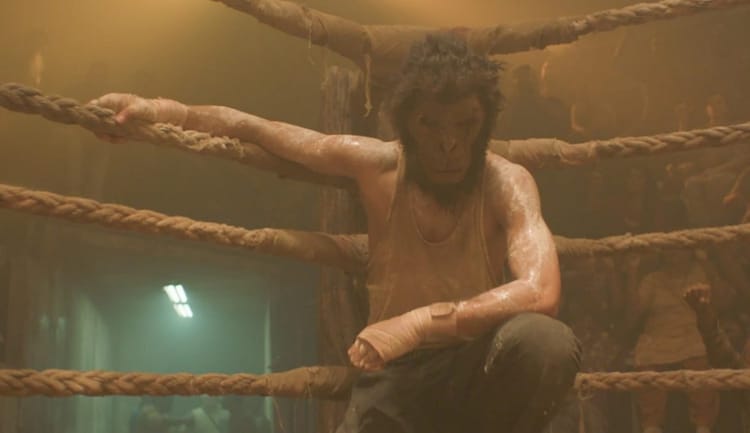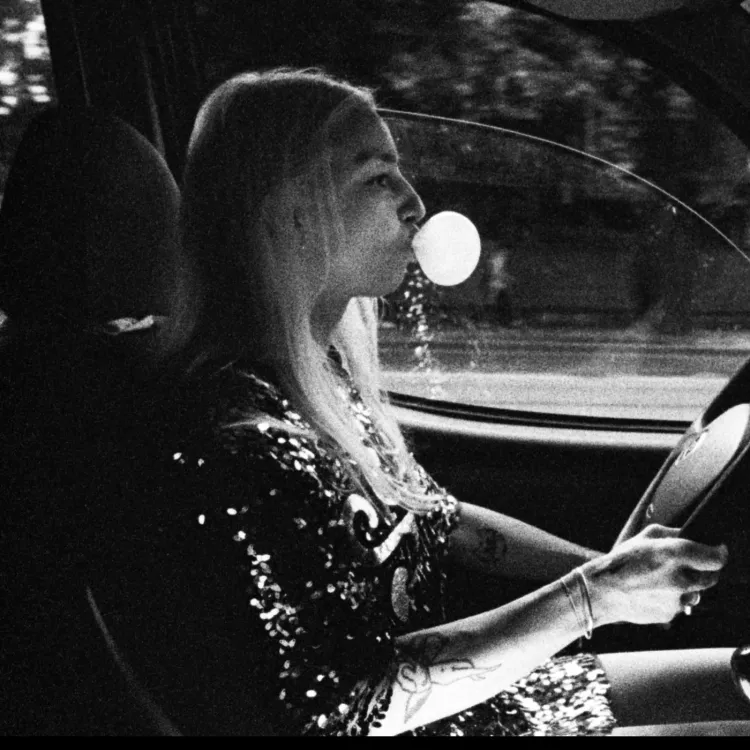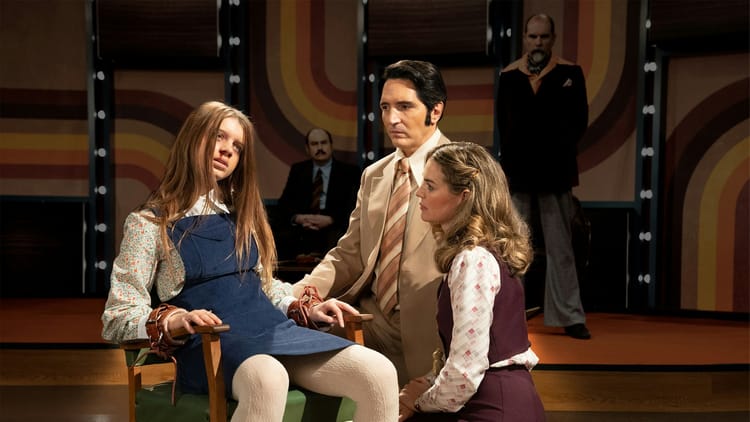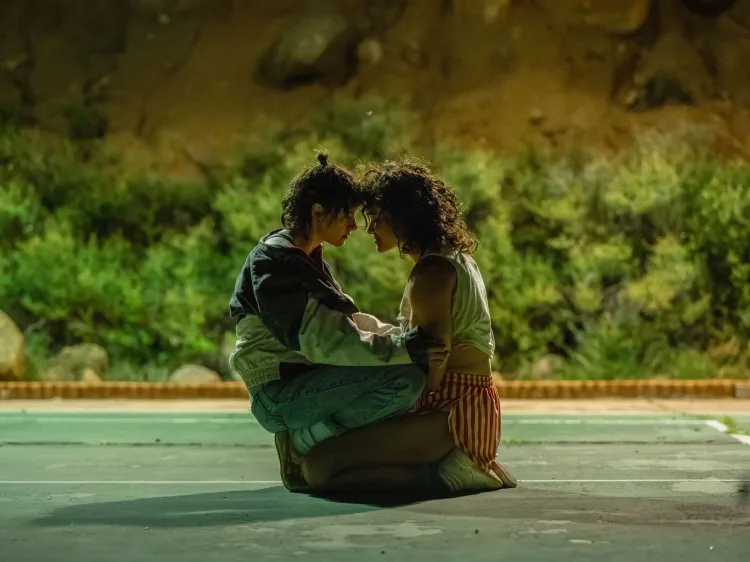Nope
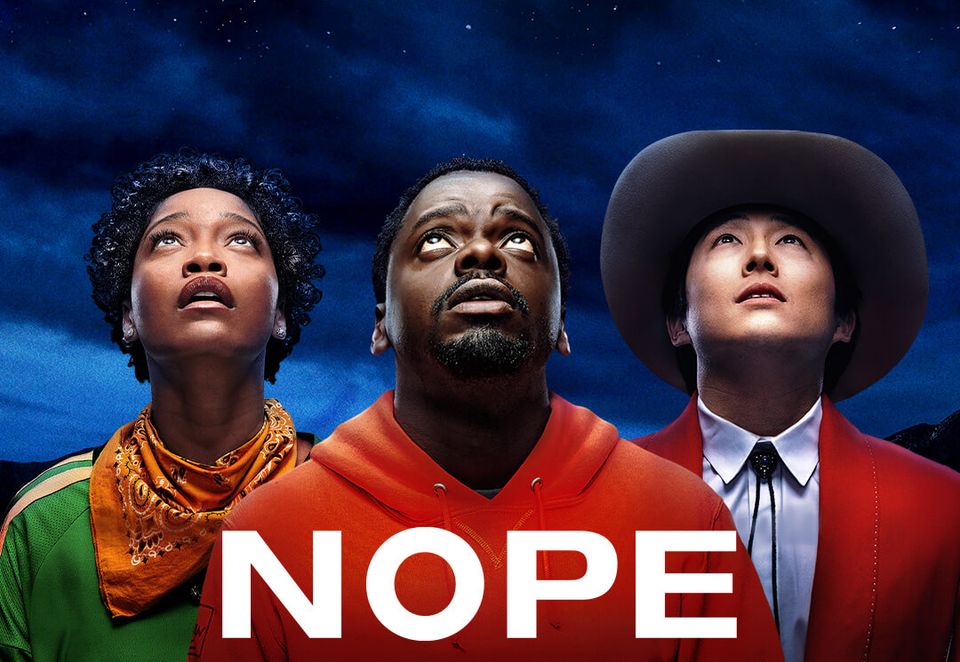
“Get Out” signaled an exciting new voice in modern cinema. Its writer and director, Jordan Peele, formerly from “MadTV,” “Key and Peele,” and the middling crime comedy, “Keanu,” was proving he was more than just a funny guy. He still had those comedic sensibilities, but in “Get Out,” he coupled that with vivid characters and an eerie premise, melding together into a brilliant picture where every single part of it contributed to its whole. “Get Out” is one of the easiest movies to rewatch precisely because of that level of detail: throwaway lines on the first viewing turn out to be ominous foreshadowing, earlier jokes become fodder for danger later. And audiences responded; the movie made 255 million dollars, on a 4.5 million dollar budget.
The movie was a crossover hit: it appealed to horror fans with its elegant twist on the mind-swapping trope, non-horror fans who were told the film wasn’t that scary, black people eager to watch an innovative story that extended beyond paltry representation, and white people who would have watched “Get Out” three times if they could.
In 2019, Peele returned with “Us,” a film that in both its themes and reception was divided. Its doppelganger premise had some thinking he had bit off more than he could chew, that perhaps it was simply too large a concept, too big an escalation from body-swapping horror of “Get Out.” To be clear, I loved “Us.” I thought it was sleek, fun, and proved that Peele, no matter what, would get one thing right: his cast. The film’s large cast managed both the terror and comedy of his dialogue, but were just as chilling when they said nothing at all. While his handle of narrative may have wavered, “Us” cemented Peele’s mastery of an ensemble, of making every single performance count.
And now, with “Nope,” Peele brings all his best attributes together. A simple concept, elevated to new heights, an incredible cast that fill every scene with life (and death), and that same comedic touch that Peele has refined over the years, with laughs that never compromise the story’s stakes.
“Nope” is about UFOs. Going in, I was ready for the same level of horror of “Get Out,” something more conceptually scary than actually frightening. I mean, it’s UFOs. There’s like thirty episodes of “The Simpsons” about UFOs. No filmmaker could make the flying discs that have saturated pop culture unnerving, let alone scary.
I was wrong.
Peele spins the UFO on its head, finding terror in the unknown, the unassaialble hunter in the sky. And that terror is never repeated, even as the film veers into darker territory. Each scare in “Nope” is unique, chilling in its way, whether it be the threat of something looming overhead or the shock of the unknown coming right up to your face. The UFO isn’t the only source of fear. One of the film’s most disquieting scenes takes place two decades before the UFO is even discovered, without even the hint of an extra-terrestrial.
That inventiveness carries over into the UFO’s design. It is crucial you go into “Nope” blind because you may think you know what a UFO can do, but you do not. You may think you understand its mechanisms, its movement, its malevolence but you don’t. Peele excavates the UFO as a concept and forces us to consider its real world implications: what would it actually look like to see a UFO gliding above us? To see it inhale its prey?
The UFO is only one of this film’s great characters. Like with Peele’s other pictures, his characters are its strongest facet. Daniel Kaluuya is far from the wide-eyed protagonist of “Get Out;” Those same eyes now show a haggard, grizzled man, fighting to pass each day. There’s always something that has to be done, no matter what falls from the sky, and you can see that in the way O.J., his character, moves. Keke Palmer, as Emerald Haywood, is the necessary counter to Kaluuya’s dourness; her go-getter attitude keeps the film buoyant, though her spryness may frustrate her brother. There is a yin-yang to the siblings, fully formed not just in dialogue but in timing and physicality. The Haywood siblings are perhaps the most believable pair of siblings I’ve seen onscreen. (Their high-five brought them just over Carrie Coon and Ben Affleck in “Gone Girl.”)
Like with “Get Out” and “Us,” Peele proves you can explore an ‘important’ theme without compromising on your story. At its most basic level, “Nope” is about the Haywoods trying to capture footage of a UFO. But underneath that is the story of exploitation in Hollywood. Who gets to hold the camera? Who is forgotten as the movie industry trudges along? How can the Haywoods control their story?
This tension is encapsulated wonderfully in the inimitable Steven Yuen. Yuen, playing a former child star and the Haywoods’ neighbor, packs his meteoric rise and slow fall into empty stares. Like the Haywoods, he struggles with his story, remembered as a novelty, as a side-character of television history. But unlike the Haywoods, Yuen’s character is ready to commodify his story, his trauma, to stay relevant no matter what it may cost him. One of my favorite scenes when rewatching “Nope” is Yuen’s character, recounting a Saturday Night Live sketch that parodied his life. Initially, it seems like the real-life horror is going to come from someone trying to explain a SNL sketch to you, without showing you the clip. But instead, it becomes clear that there’s a deep well of pain behind this small monologue, made more poignant when you know the whole story.
There’s plenty of tidbits like that in “Nope” that make it worth rewatching. Peele pays such keen attention to the little details, making every aspect of the movie chain together in incredibly satisfying ways. But even if you’re not there for the easter eggs or to try and figure out how the sausage is made, “Nope” is worth seeing again simply because it’s a big, fun time. It’s funny, it’s grand, it’s terrifying to listen to, it’s wonderful to look at. It’s one of the summer’s best movies and proves that Jordan Peele is here to stay.
